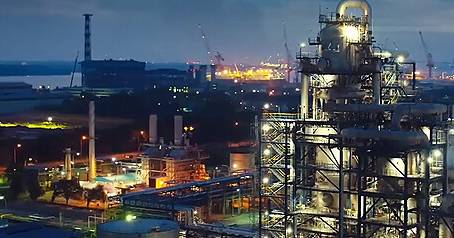Oct . 22, 2024 00:00 Back to list
ppr pipe
PPR Pipes A Comprehensive Look at Their Benefits and Applications
In recent years, PPR (Polypropylene Random Copolymer) pipes have emerged as one of the most preferred materials for plumbing and piping systems. Their unique characteristics and numerous advantages have made them a go-to solution in residential, commercial, and industrial applications. This article aims to explore the benefits of PPR pipes and their diverse applications.
PPR pipes are known for their exceptional durability and resistance to corrosion. Unlike metal pipes, which can corrode over time due to exposure to water and other elements, PPR pipes maintain their structural integrity for decades. This resistance to corrosion not only extends the lifespan of the piping system but also ensures that the water quality remains uncompromised.
.
One of the standout features of PPR pipes is their ability to withstand extreme temperatures. They can handle both hot and cold water applications, with a temperature range typically between -20°C and 95°C. This ability makes PPR pipes suitable for various environments, from cold water supply systems to hot water heating systems.
ppr pipe

Additionally, PPR pipes boast excellent thermal insulation properties. They minimize heat loss and prevent condensation, which is particularly beneficial for hot water applications. This feature contributes not only to energy efficiency but also enhances the comfort and reliability of plumbing systems.
PPR pipes also have a low friction coefficient, which reduces the pressure loss in water transport systems. This characteristic ensures a steady flow of water, enhancing the efficiency of the plumbing network. Moreover, the smooth interior surface of PPR pipes reduces the likelihood of scaling and build-up, further ensuring the longevity of the system.
Installation of PPR pipes is straightforward, largely due to their unique welding method, which involves the use of heat fusion. This process creates a seamless joint that enhances the overall strength and leak-proof nature of the piping system. This not only reduces the risk of leaks but also allows for more streamlined installations.
The versatility of PPR pipes is evident in their wide range of applications. They are widely used in residential plumbing, including drinking water supply, heating systems, and irrigation. In industrial settings, PPR pipes are employed for transporting chemicals, compressed air, and other fluids, making them a valuable asset in various sectors.
In conclusion, PPR pipes represent a modern solution for a plethora of piping needs. With their durability, lightweight nature, resistance to corrosion, and thermal insulation properties, they provide numerous benefits that traditional materials cannot match. As more builders and consumers become aware of these advantages, PPR pipes are likely to continue gaining popularity in the market, establishing themselves as a standard in plumbing and fluid transport systems. The future of piping looks bright with PPR as a leading choice, reflecting the evolving demands of modern construction and infrastructure.
-
High-Quality PVC Rigid Sheet (Glossy Surface) for Industrial Use
NewsJul.26,2025
-
High Quality PVC Rigid Sheet (Embossed Surface) for Industrial Use
NewsJul.25,2025
-
High Quality PVC Soft Sheet for Flexible Applications | Durable & Customizable
NewsJul.24,2025
-
High-Quality UPVC Water Supply Pipe for Durable Plumbing Solutions
NewsJul.23,2025
-
High-Quality PVC-M Water Supply Pipe for Reliable Plumbing Solutions
NewsJul.22,2025
-
High-Quality PVC Transparent Pipe with Clear Visibility & Durability
NewsJul.22,2025

